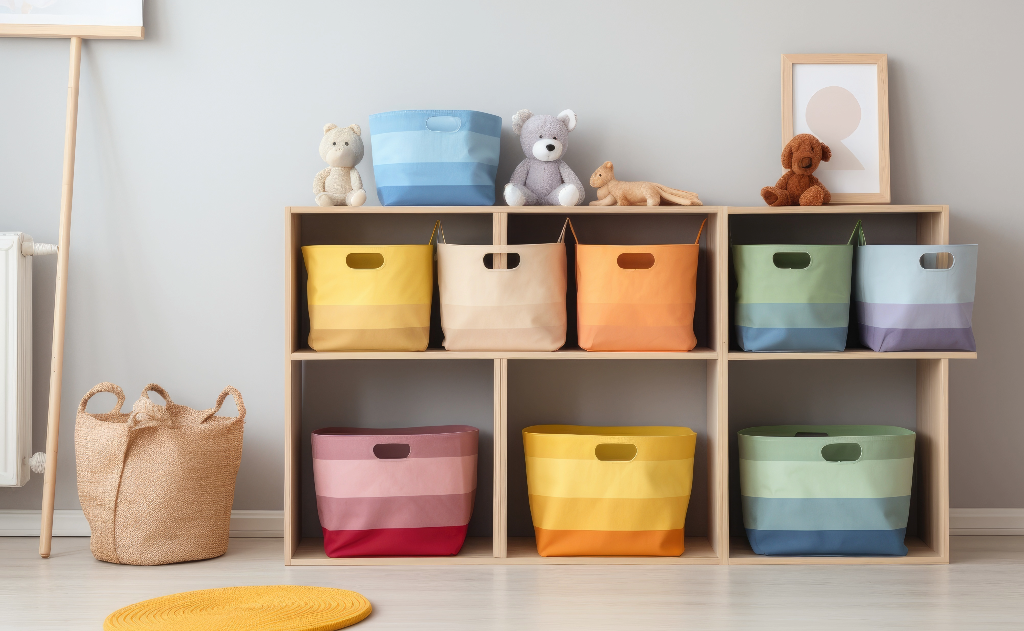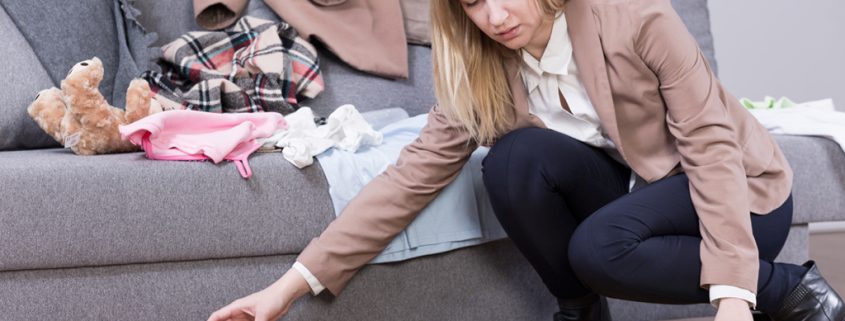4 Strategies For Dealing With Toy Clutter
If you have children in your home, you understand how serenity and order can quickly descend into chaos and untidiness. While they’re such a blessing, children, younger ones especially, have a way of cluttering up the home without much problem. While we can demonstrate to them the value of tidying up (my mother taught my children the “Clean Up” song, made famous by a certain purple dinosaur), it’s also important to help them realize they might not need all the stuff they accumulate. What’s more, a large portion of this stuff, from infancy to early adolescence, is most likely toys.
Here are 4 strategies for dealing with toy clutter to help you maintain sanity and enhance your child’s environment as well as their health:
Step 1 – Let the purge begin
Everything has its place and this is an important first principle in dealing with any clutter. What’s that place for your child’s toys? Keep in mind, this is also an end goal too. It’s helpful if you assess what types of things your child has in their room, play area, etc. and determine what they need. What they don’t need should be discarded (meaning trashed or donated). Are there toys that are broken or never get played with? Would your kids even notice if particular toys went missing? You shouldn’t be sentimental about their toys, if they aren’t. I know this is easier said than done, because who wants to part with that Mickey Mouse stuffed animal with a missing arm, the one which your child always had by their side.
So detachment is part of this strategy, for sure, but we also should have an understanding of the toys our children have outgrown. When we begin to parse out their collection of stuff, we need to consider the age-appropriateness of each item. This will help us determine what our family has graduated from and the process hopefully would be easier at that point.
Step 2 – Involve your children
Incorporating your child into this decision making process can be beneficial as well. Certainly, you’ll want to keep the age of the child(ren) in mind and their demeanor in how they might handle ditching some of their possessions. Furthermore, as the old adage goes, less is more, and it might serve our children well to remember this. Maybe this goes without saying, but it’s easier to tackle organizing a room when there’s less in need of organization.
Be cautious of decision fatigue and how your kids could respond to being involved in making choices on what will stay and what will go. Furthermore, while you want to empower your children to make their own decisions about certain things, you want to avoid polling them about every preference they might have. This can be a recipe for disaster. Therefore, it might be wise to involve your child(ren) in this operation, but simplifying it as much as possible could be to your advantage.
Step 3 – Donations and rotations accepted
Including our kids in the process of donating those items they’re parting ways with is a game-changer. They further grasp what it means to share, especially with those who are less fortunate. Donating toys is a great way to spare the landfill of more garbage and if you’ve ever watched movies from the Toy Story saga, you know the toys appreciate it too.
Another classic move that gives new life to your child’s toys is keeping them in “rotation.” This tactic works well as your kid will have a different experience with their toys as you rotate them in and out of their world. The moments away from certain toys can reinvigorate playtime as they become reunited with them time and time again.

Step 4 – Organize and categorize
Once you’ve successfully decluttered and paired down the number of toys, you can begin to revisit those questions you’ve been pondering – Where do you want to store the toys? Do you have designated play areas in mind? Maybe their destinations will remain the same, as you’re only cleaning and organizing those areas. That’s perfectly fine as well.
There are all sorts of organizational systems of cubbies, shelving and the like, if you would prefer to go that route, but it can get costly. Keeping it simple might be best. There are affordable storage tubs or bins, which stack well and can work depending on your situation. Take a glance at some of these options as well. The sky’s the limit, really. You can get adventurous and deploy decorative baskets or create a theme in a bedroom or playroom. Don’t forget under the bed too! If you’re looking for space in a family room or living room that can both subtly store as well as hide the toys in plain sight, seek out multi-functional furniture or fabric/basket bin storage. We love toy chests and Little Colorado has some stunning options to explore, if you’re interested in pursuing that route. Maybe get a little crazy and invest in an art cart with wheels!
Once you’ve made a plan and you’ve committed to following through with it, you’ll witness the benefits that result from those changes you’ve made to your child’s room and the house in general. Decluttering always has a two-fold purpose: It’s vital for your mental health and it boosts efficiency. These strategies can serve as a framework beyond “toys” and “play.” Regardless, they’ll help our families live healthier and more productive lives.
For more information about decluttering or prepping your home for sale, click here.



